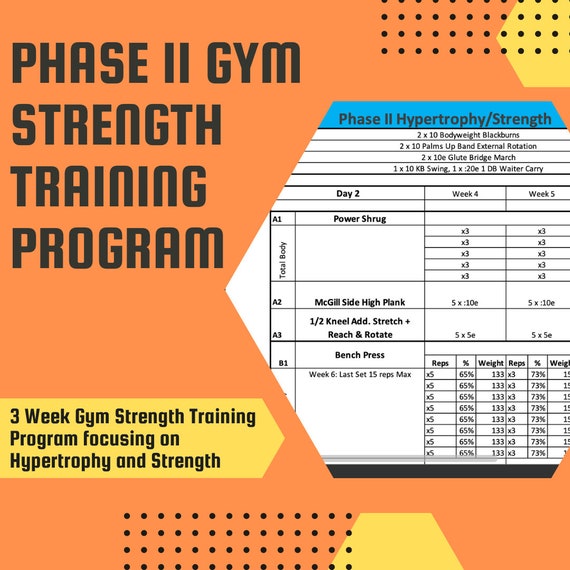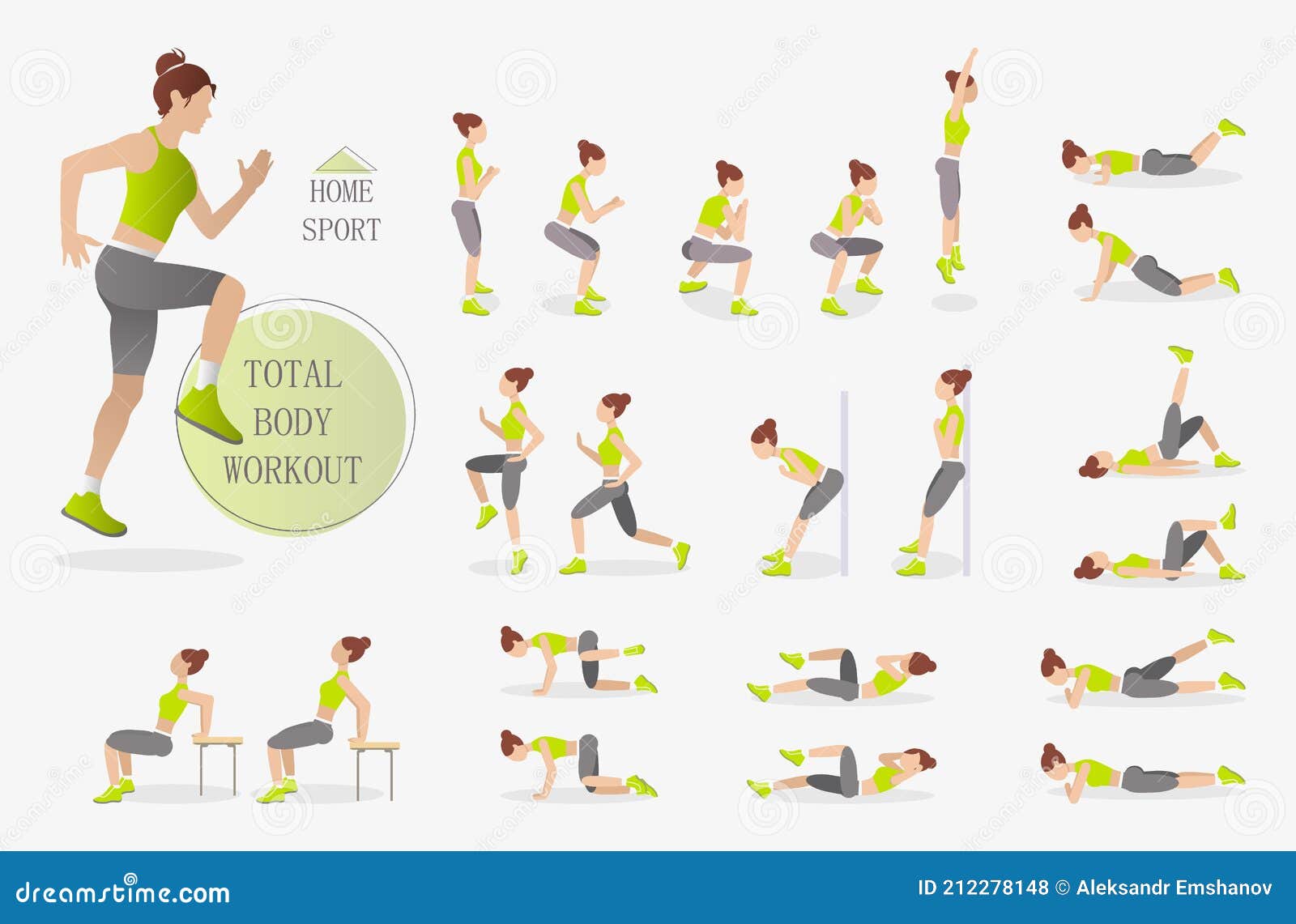Using Patient Portals to Achieve HIPAA Compliance and Drive Patient Satisfaction
HIPAA and HITECH (The ACTs) The Health Insurance Portability and Accountability Act (HIPAA) enacted in…
 HIPAA and HITECH (The ACTs)
HIPAA and HITECH (The ACTs)
The Health Insurance Portability and Accountability Act (HIPAA) enacted in 1996 includes the requirement to protect the privacy and security of health information of individuals, defined as “protected health information” (PHI). The HIPAA regulation applies to “covered entities”, which include healthcare providers, health plans and healthcare clearinghouses.
The 2009 American Recovery and Reinvestment Act (ARRA) passed by the Obama administration, includes a section called the Health Information Technology for Economic and Clinical Health (HITECH) Act. The HITECH Act promotes adoption of “electronic health records” (EHRs) to improve efficiency and lower healthcare costs. Anticipating that the widespread adoption of electronic health records would increase privacy and security risks, the HITECH Act introduced new security and privacy related requirements for covered entities and their business associates under HIPAA.
Further, the fines for non-compliance with the HIPAA privacy rule have increased significantly with the introduction of the HITECH Act. Smaller practices are being fined tens of thousands of dollars and large provider organizations are being fined millions of dollars based on some recent landmark cases. To this point, the government has found Health Insurance Benefits Explained that performing HIPAA compliance audits is a significant revenue generation opportunity. As a result, it has hired additional audit staff and plans to significantly increase the number of HIPAA Compliance Audits. For providers, this means a heightened risk of significant financial penalties, should you be found to be non-compliant.
Complying with these ACTs (HIPPA + HITECH are collectively referred to as the ACTs) requires an investment in the adoption of HIPAA Compliance Plans, training of staff and attention to the particular details of the ACTs. Note that the ACTs do NOT require the use of technology, although HITECH in combination with ARRA does heavily promote and incentivize the adoption of EHRs. The purpose of this document is to help healthcare providers understand how patient portals help achieve HIPAA compliance. There are numerous approaches to the broader compliance topic that range from hiring HIPAA compliance consultants to adopting HIPAA Compliance Plans that have been written for similarly situated organizations. These topics are beyond the scope of this paper.
Role of the Patient Portal in helping healthcare providers comply with HIPAA and HITECH
The patients of today’s healthcare providers have an insatiable desire for electronic access to information. Many are heavy users of email, social media and other forms electronic communication and they are demanding to communicate this way with their healthcare provider. But this is where the problem begins and where patient portals can help. Due to the inherent lack of security of internet based email, email is not deemed an acceptable form of communication if the message involves PHI. And exactly what is PHI? In the broadest interpretation it is any communication that includes personally identifying information (name, email address, phone, address, etc) along with health information. I have heard some practices argue that if a patient chooses to communicate this way (email) that the patient is effectively “waiving” HIPAA and therefore the practice is not in violation. Most healthcare attorneys do not support this view since HIPAA is a federal act that does not have any provisions that allow patients to “waive” the protections of the ACT. Thus, taking this posture is a risky bet and the fines for non-compliance are steep.
So how do practices meet the insatiable desire for electronic communications to deliver patient satisfaction, yet comply with HIPAA and HITECH? Patient portals are definitely part of the answer. Simply put, patient portals are healthcare related online applications that allow patients to interact and communicate with their healthcare providers. The functionality of patient portals varies significantly but may include secure access to patient demographic information, appointment scheduling, payments, bidirectional messaging and access to clinical data if the portal is being provided by the EHR provider.
Today in practice, we find patient portals being provided by EMR/EHR providers, firms providing “Practice Management” (PM) solutions and even third parties that are promising patients eventual access to all of their health information in one portal. These are typically referred to as “Personal Health Portals” and many consider “Microsoft Health Vault” to be the leader in this space. Since the personal health portal does not directly interact with the practice, these portals typically only contain clinical information that is available through the myriad and increasing number of healthcare data exchanges.
Clearly, patient portals can help practices concurrently achieve HIPAA compliance and patient satisfaction at the same time. But there are several adoption challenges broadly summarized below that are slowing the movement to patient portals:
Change Management. This issue impacts small and large organizations undertaking major system implementations. Comprehensive systems implementations require redefinition and remapping of business processes by all members of an organization. The issues and significant challenges involved with taking on these types of projects are well documented and beyond the scope of this paper, but they are real issues that are slowing the adoption of new technologies
Cost/Time to Implement. The government recognized the cost part of this issue and with the ARRA is providing up to $44,000 per practice for implementing an EHR solution and meeting all of the yet to be defined “meaningful use” criteria. But in many practices, time to implement is still a big hurdle as practitioners are busy seeing patients all day every day and these systems invariably take weeks and months of training and lost productivity due to the learning curve of the new technology
Existing EHR Solution meets core requirements but patient portal is not available. This is a very common issue, especially for larger and/or very specialized providers where systems have been developed and customized to meet the complex clinical requirements, but were not designed to address patient communications and other patient facing requirements of today. Due to this complexity and customization, adoption of a new solution is very impractical and wholesale replacement is not deemed an option by many of these providers
Broader Issues with delivering Practitioner-level clinical information to patients
Beyond the adoption issues stated above and many other unstated ones, there is a broader issue with the use of practitioner-level patient portals for clinical information. To understand the author’s perspective on this issue, consider that one of the real benefits of electronic health information is that in theory it is easily shared, aggregated, disaggregated and exchanged. The reality is achieving these benefits is still a few years away, maybe more. The establishment of statewide healthcare exchanges marks an important milestone but much work remains to be done to achieve interoperability of clinical data. Microsoft Health Vault is pushing hard to be the platform that securely delivers the complete set of clinical data to patients that incorporates data from all of its providers, pharmacies and lab results in a single easy to use portal.
At best, then a practitioner-level patient portal providing clinical data only presents a single provider view, yet many of the patients that need this information the most have multiple providers engaged in their care. For example, a single patient may have a family physician, an internist, a cardiologist and an endocrinologist all engaged Vitamin Finder in their care. Looking at the data from any single practitioner would not give a complete picture. For this reason, the author believes that clinical data is best delivered as a single portal to the patient by a third party that can make arrangements to aggregate data from all sources and deliver it to the patient in a single portal.
“Standalone” Portals
Given the adoption challenges of the EHR/PM-centric (patient) portals, and the broader issues with delivering clinical data in practitioner-level portals, there is a role for “standalone” portals. By standalone portals, we mean portals that provide direct patient access to the creation and editing of patient demographic information, bidirectional secure messaging, appointment scheduling, payments and other non-clinical features. These portals do not provide access to the clinical data. But standalone portals offer healthcare providers the ability to quickly join the digital revolution, meet the insatiable desire of patients to communicate electronically in a way that is secure and HIPAA compliant, allow online self-registration and drive multiple efficiencies at the same time.
If the standalone patient portal vendor also offers HL7 integration, it should be relatively easy for the vendor to provide HL7-based demographic data integration to existing systems avoiding any duplicate data entry issues and keeping the data in sync.
And while most of the patient portal offerings are tied to a complete EHR/PM offering, there are a few vendors in the market that offer well-architected standalone patient portals that can easily be integrated into legacy environments. Undoubtedly, there will be new entrants as the market demand for these capabilities increases, but for now small and large providers have at least a few viable products to meet the requirements of their stakeholders.







